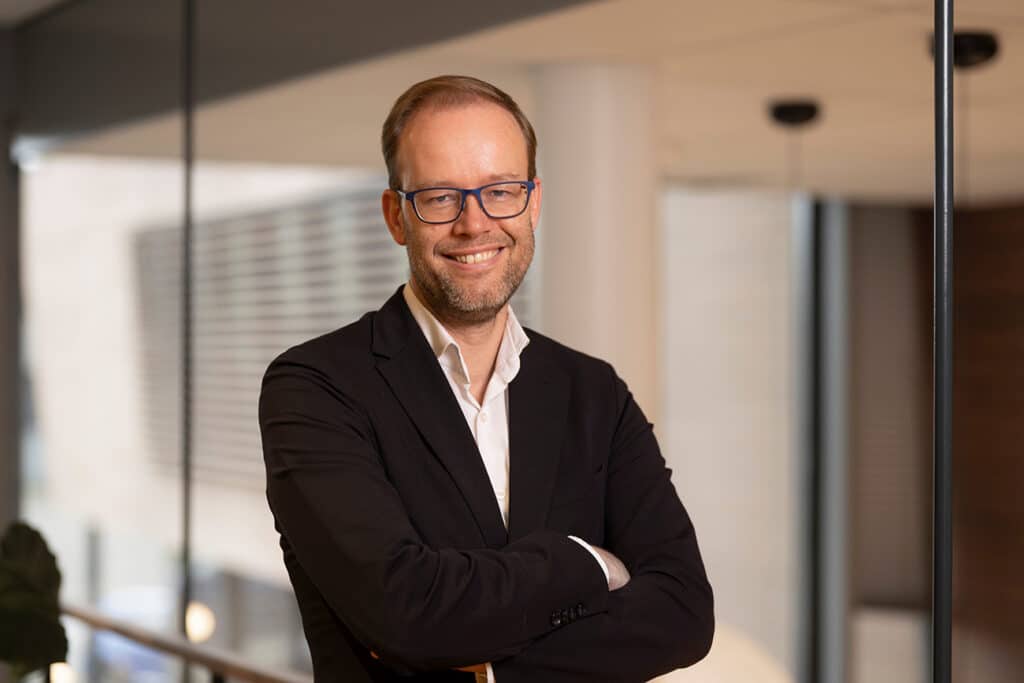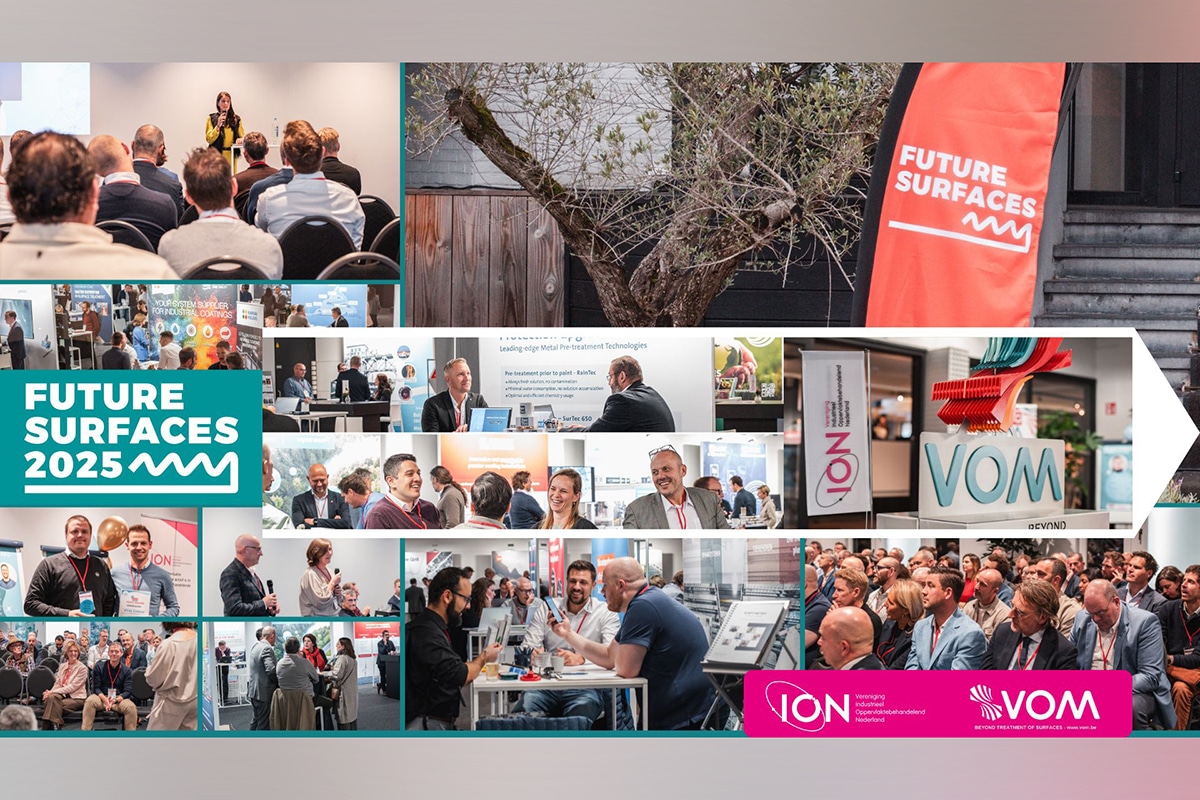
Only together will you get further
Sander Verschoor - Development manager at Bot Bouw B.V. in Heerhugowaard
We have been facing a major housing challenge for years. Starters are desperate for affordable housing, young families would like to move to a larger home, and many seniors actually want to get rid of that oversized home. Our last project with 42 ground-level homes brought around 1,000 visitors to the sales evening. After two weeks, the counter stood at 450 registrations. So the homes were sold quickly. A great result, of course, but the fact that 90% of the interested parties did not receive that redeeming phone call leaves a bitter aftertaste.
The ambitions set forth in the Housing Deal raise complex questions. Where are we going to build? For whom are we going to build? What materials can we best build with? Will we get an electricity connection in time? And, last but not least, how can we incorporate all the measures from the climate agreement in such a way that everything remains affordable? Major challenges, in other words, in an economic climate where innovation is a necessity.
We have no choice but to join hands. Architects, builders, corporations, developers, brokers, suppliers, municipalities and provinces: sit down together and discuss each other's problems. Investigate where you can accelerate and where you can help or strengthen each other. Many regions have already set up acceleration tables. In North Holland, too, we already see many parties working closely together. There is NH Bouwstroom, in West Friesland the Woningmakers and in the Alkmaar region the Woongangmakers. All parties meet regularly to discuss challenges and look for solutions. And with effect! For example, municipalities have started working to standardize the anterior agreement, a desire expressed by developers. A monitor has also been set up that includes all projects. It gives great (and sometimes hard) insights into what the projects look like in a region. What is the housing program, when is completion expected and what are any bottlenecks? Subsequent frequent updating of this overview gives a good picture of a project's progress. Taking all projects together also gives a good picture of the entire housing task in a region. If there is a bottleneck, the acceleration tables can offer a solution.
The current situation also forces municipalities, given the limited official capacity, to organize their processes as efficiently as possible. Larger market parties and corporations, for example, are able to take a lot of work off the hands of the municipality. So my advice is: as a municipality, put project leaders in place with full mandate to force decisions internally, if necessary, in order to move a project forward in time. This way of working may be a cultural change for some municipalities, but it makes a world of difference. At the same time, a municipality should expect a developer to ensure that the new project at hand already complies with municipal policy. Moreover, be transparent as an initiator. For example, make it clear when you will have electricity connections. Will the latter take another six years? Then it might be better to move that project to the reserve bench for two years first. This leaves capacity available for projects that do move toward a permit application in the foreseeable future.
In our region, we see that these kinds of consultations make a difference. Everyone is aware of the enormous task we face. We strengthen each other and trust grows because we are all in the same boat. It is precisely through this cooperation between all parties that the chances of success are greatest. We in North Holland can therefore congratulate ourselves with a committed member of the Provincial Executive, market parties and municipalities that are jointly taking up the challenge. Together we will get further!




